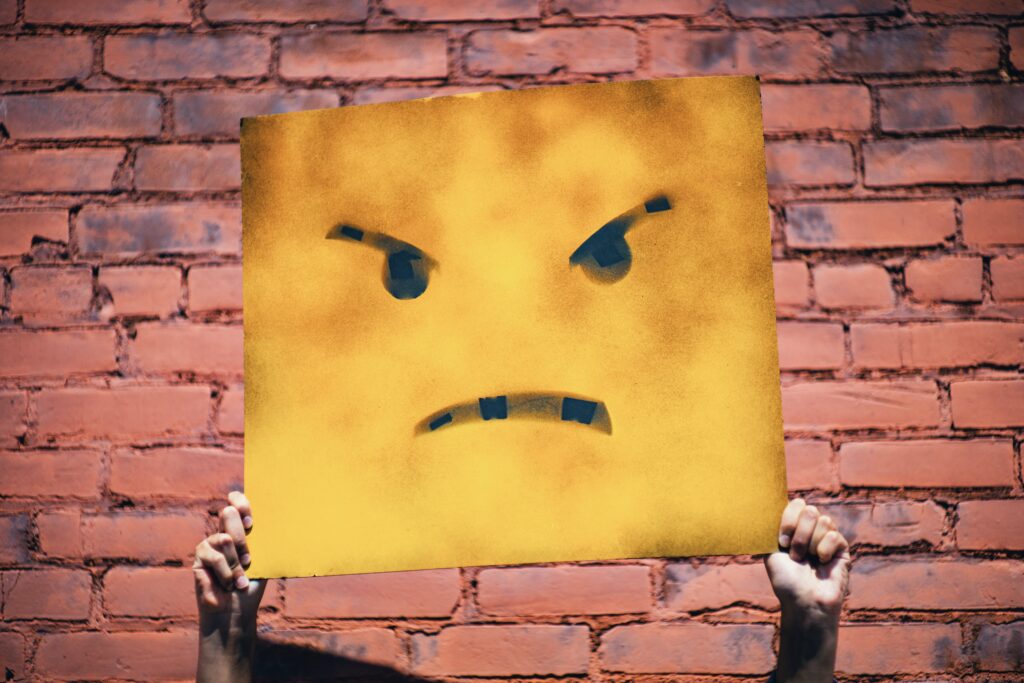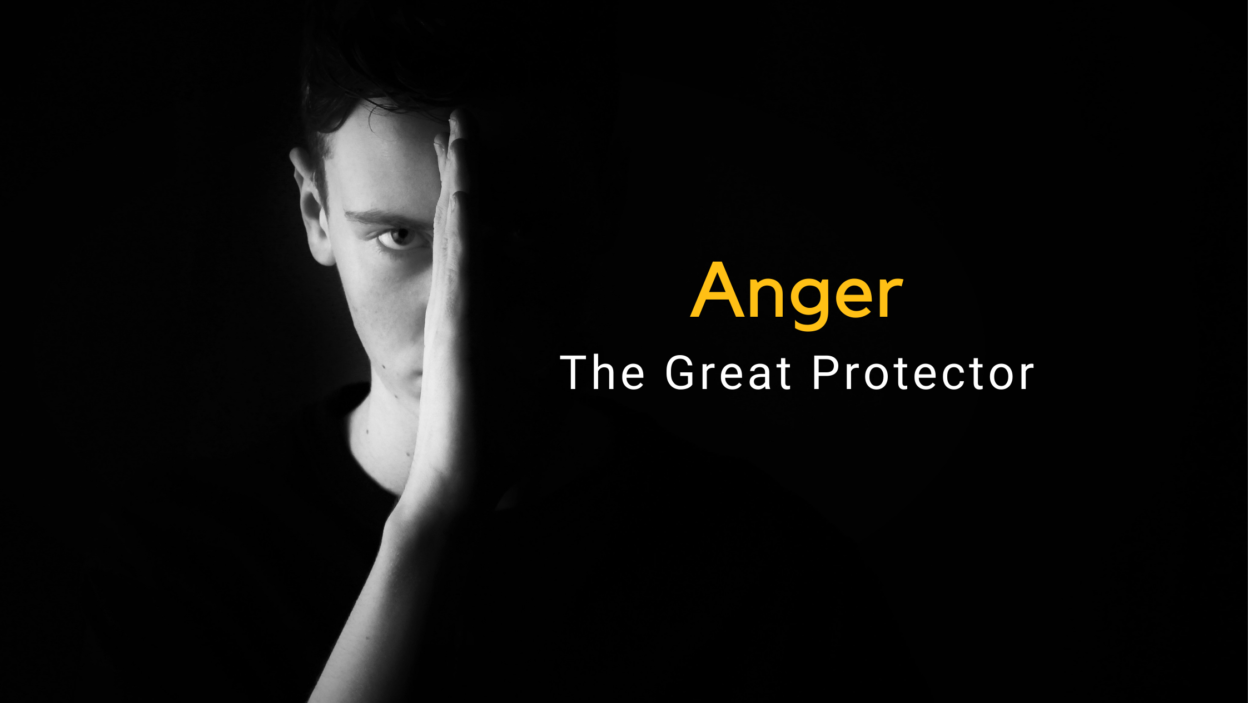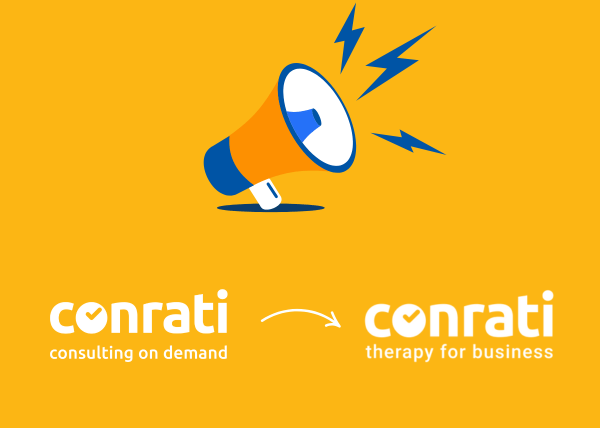I was sitting in a session one rainy morning and my client said: “At that moment, I wasn’t going to let my anger protect me like that anymore”. While the client casually continued to share, I couldn’t help but sit in the profound statement that the client had just made. My mind unpacking the depths of intrapersonal control, self-love, and acceptance flowing so effortlessly out of the person who bravely sat before me. After the session, I was able to make sense of what hit me square in the face at that moment.
What is anger?
Firstly, that anger was recognised for exactly what it is – information rising up in the body letting you know that something in the environment was crossing a line that you had laid out, letting you know that you are in need of something. That’s what all emotions are really – data, information, clues that we experience on a physiological level that help us understand what it is we need.
The trick is that because of the discomfort of some of these emotions, either we dissociate from them or ignore them like an unwanted guest which means that we are unable to decipher the data so beautifully inherent in them. The other alternative that we so often succumb to, is that we judge our feelings. In other words, we have feelings about our feelings which makes it really difficult to accurately understand the true need behind the emotion and we land up following the message from the wrong messenger.
For so long, emotions have been demonised and shamed and for so long we have robbed ourselves of the opportunity to lean into our emotions and use them as the useful messengers that they are, the ignored carriers of data that have been trying to get our attention. It’s time we start listening.

Down with anger
Secondly, that anger was accurately identified as the ‘trump card’ emotion. The protecting emotion covers up other emotions that are uncomfortable and experientially disempowering. That anger, in this case, was a mask of strength and power that was typically used to make its owner feel empowered and in control – a tool that was used to create distance when one’s own uncomfortable emotions felt too close.
But probably the most profound of all is that this was recognised as a tool that was no longer necessary because authentic visibility was the most powerful of all. Allowing ourselves to become visible to others, but also to ourselves is the point at which we can start to read our emotions more accurately and become more internally empowered.

Awareness
Lastly, the statement was said with so much love, patience, and gentleness towards the self. There was no judgment in her sharing, just awareness that anger had served a certain purpose. That it had protected a part that felt vulnerable and uncontained, but that that protection was no longer necessary.
It was not about what is right or wrong (oh boy, how often has anger been labelled as wrong), or good or bad (ditto), but rather about what is working and not working. In this case, the anger was no longer working, no longer necessary, because empowerment had already taken place – without the help of our friend’s anger.
So, what about you? Are you angry? I wonder what it could be protecting…
To find a healthier means of dealing with your emotions, protecting your peace, or just a less harmful outlet for your frustrations, consider talking to a professional psychologist.

Ashleigh Yaman is a Counselling Psychologist who is passionate about facilitating satisfaction and wellness in relationships, whether it be in relationships with others, or in ones relationships with oneself. She provides individual therapy to children, adolescents and adults; couples therapy; family therapy and; parental guidance therapy.









2 Replies to Anger: The Great Protector
Comments are closed.
Why your child should have a tutor
Conrati nominated as a Top Environmental Consulting Company by Futurology
Mentorship for the Mentee
What is trauma?
How to boost 8 different forms of health
Conrati nominated as a Top Environmental Consulting Company by Futurology
How social media affects mental health
Understanding Bipolar Disorder